Home>Ideas and Tips>Home Theater Subwoofer Placement to Optimize Bass Response


Ideas and Tips
Home Theater Subwoofer Placement to Optimize Bass Response
Modified: October 27, 2024
Optimize your home theater's bass response with expert subwoofer placement tips. Achieve even, immersive sound for the ultimate viewing experience.
(Many of the links in this article redirect to a specific reviewed product. Your purchase of these products through affiliate links helps to generate commission for Storables.com, at no extra cost. Learn more)
When it comes to setting up a home theater, one of the most critical components is the subwoofer. A subwoofer is responsible for producing the low-frequency sounds that add depth and impact to your viewing experience. However, placing a subwoofer in your home theater can be a bit tricky, as it needs to be positioned in a way that ensures even bass response across all seats. In this article, we will delve into the best practices for subwoofer placement to optimize your home theater's bass response.
Understanding Bass Interaction with Your Room
Before we dive into the specifics of subwoofer placement, it's essential to understand how bass frequencies interact with your room. Bass tones are not just direct from the speaker; they bounce around the room, creating a complex pattern of sound waves. This interaction can significantly alter the sound you hear, making some frequencies louder in certain areas and almost completely missing in others.
To illustrate this, try playing a song with deep bass tracks and walking around your room while listening. You'll likely notice that the bass sounds louder in some spots and almost inaudible in others. This variation is due to the way sound waves bounce off walls and furniture, creating peaks and valleys in sound levels.
Read more: Where To Place Subwoofer In Home Theater
Factors Affecting Bass Response
There are two primary factors that affect bass response in your home theater: the placement of your subwoofer and where you sit. While you may not have control over seating positions, understanding these factors can help you make informed decisions about subwoofer placement.
Subwoofer Placement
The placement of your subwoofer is crucial for achieving even bass response. Here are some general guidelines:
-
Front of the Room: Placing the subwoofer in the front of the room, next to the main speakers, is a common practice. However, this may not always be the best spot, as it can lead to boomy bass if not positioned correctly.
-
Near Center-Line: Placing the subwoofer near the center-line of the room can help flatten out the response across the room. This assumes a rectangular room, but even in non-rectangular rooms, this placement can often provide a more balanced sound.
-
Corner Placement: Placing a subwoofer in a corner can give you a significant boost in SPL (Sound Pressure Level), but it can also result in overly boomy bass and varying levels of bass depending on where you sit. This is because corners can create standing waves that amplify certain frequencies.
-
Back Wall: Placing the subwoofer on the back wall behind the couch can be effective in small rooms where space is limited. However, this placement should be tested with room correction tools to ensure even bass distribution.
-
Side Walls: Placing subs on side walls facing the couch can also be effective, especially if you have limited space on the back wall. Again, this should be tested for optimal performance.
Experimenting with Subwoofer Placement
Finding the optimal subwoofer placement involves experimentation. Here’s a step-by-step guide to help you find the best spot:
-
Initial Placement: Start by placing your subwoofer in a common spot, such as the front of the room next to your main speakers.
-
Move Around the Room: Play a song with deep bass tracks and move around the room while listening. Note where the bass sounds loudest and where it seems to disappear.
-
Adjust Placement: Based on your observations, adjust the subwoofer’s position. Try moving it closer to or further from the walls, corners, or other areas of the room.
-
Use Room Correction Tools: Utilize room correction tools like REW (Room EQ Wizard) to measure and adjust the frequency response of your subwoofer. These tools can help you identify areas where the bass is too loud or too quiet and make necessary adjustments.
-
Subwoofer Crawl Technique: Another technique is the "Subwoofer Crawl," where you place the subwoofer in your listening position and then move it around the room while listening to see where the bass sounds best.
Common Subwoofer Placement Mistakes
While experimenting with subwoofer placement, it's easy to fall into common mistakes that can negatively impact your home theater's sound quality. Here are some pitfalls to avoid:
-
Corner Placement: Placing your subwoofer in a corner can create boomy bass due to standing waves. This placement should be avoided unless you're using multiple subs strategically placed to counteract this effect.
-
Directly Against a Wall: Placing your subwoofer directly against a wall can cause a buildup of bass frequencies, leading to an unbalanced sound. This placement should also be avoided unless you're using room correction tools to mitigate this issue.
-
Too Far Away: Placing your subwoofer too far away from your listening area can result in a loss of bass impact and power. Ensure that your subwoofer is positioned in a way that it can effectively reach all seats in the room.
-
Too Close: On the other hand, placing your subwoofer too close to your listening area can create an unbalanced sound. Aim for a spot equidistant to your main listening area and other speakers in your home theater system.
Using Multiple Subwoofers
Using multiple subwoofers can significantly improve the evenness of bass response in your home theater. Here are some strategies for using multiple subs:
-
Dual Subwoofers: Placing two subs close to each corner of the room can help distribute bass evenly across the space. This setup is particularly effective in larger rooms where single subs might struggle to cover all areas.
-
Offset Subwoofers: Placing two subs offset on the front wall can also provide a balanced bass response. This setup helps to counteract the standing waves that can occur in corners, ensuring more consistent sound levels throughout the room.
Room Size and Layout Considerations
The size and layout of your room play a crucial role in determining the optimal subwoofer placement. Here are some considerations:
-
Small Rooms: In small rooms, placing a subwoofer near a wall can exacerbate boomy bass issues. In such cases, placing the subwoofer on the back wall behind the couch or using multiple subs strategically placed can help mitigate this problem.
-
Large Rooms: Larger rooms may require more powerful subwoofers to fill the space adequately. However, even with powerful subs, careful placement is still necessary to avoid boomy bass and ensure even distribution.
-
Room Shape: The shape of your room also affects sound quality. Square rooms can create standing waves, while rectangular rooms have more potential for bass buildup in corners. Understanding these dynamics helps in choosing the right placement strategy.
Conclusion
Optimizing bass response in your home theater requires careful consideration of several factors, including subwoofer placement, room size, and layout. By understanding how bass frequencies interact with your room and experimenting with different placements, you can achieve a more immersive viewing experience. Avoid common mistakes like corner placement and direct wall placement, and consider using multiple subs for better distribution. With these tips and techniques, you'll be well on your way to creating a home theater setup that rivals commercial theaters in terms of sound quality.
Recommended Products
If you're in the market for a new subwoofer or looking to upgrade your current setup, here are some recommendations:
- JBL HDI-1200P 12-inch Powered Subwoofer: This subwoofer offers high-quality performance and is a popular choice among home theater enthusiasts. It's available at a range of prices from $1,499 to $3,300.
Additional Resources
For further guidance on setting up your home theater system, including tips on source component options and home theater design tools, consider exploring resources like Audio Advice's Home Theater Buying Guide and Home Theater Source Component Options.
By following these guidelines and experimenting with different placements, you'll be able to optimize your home theater's bass response and enjoy a more immersive cinematic experience.
Was this page helpful?
At Storables.com, we guarantee accurate and reliable information. Our content, validated by Expert Board Contributors, is crafted following stringent Editorial Policies. We're committed to providing you with well-researched, expert-backed insights for all your informational needs.
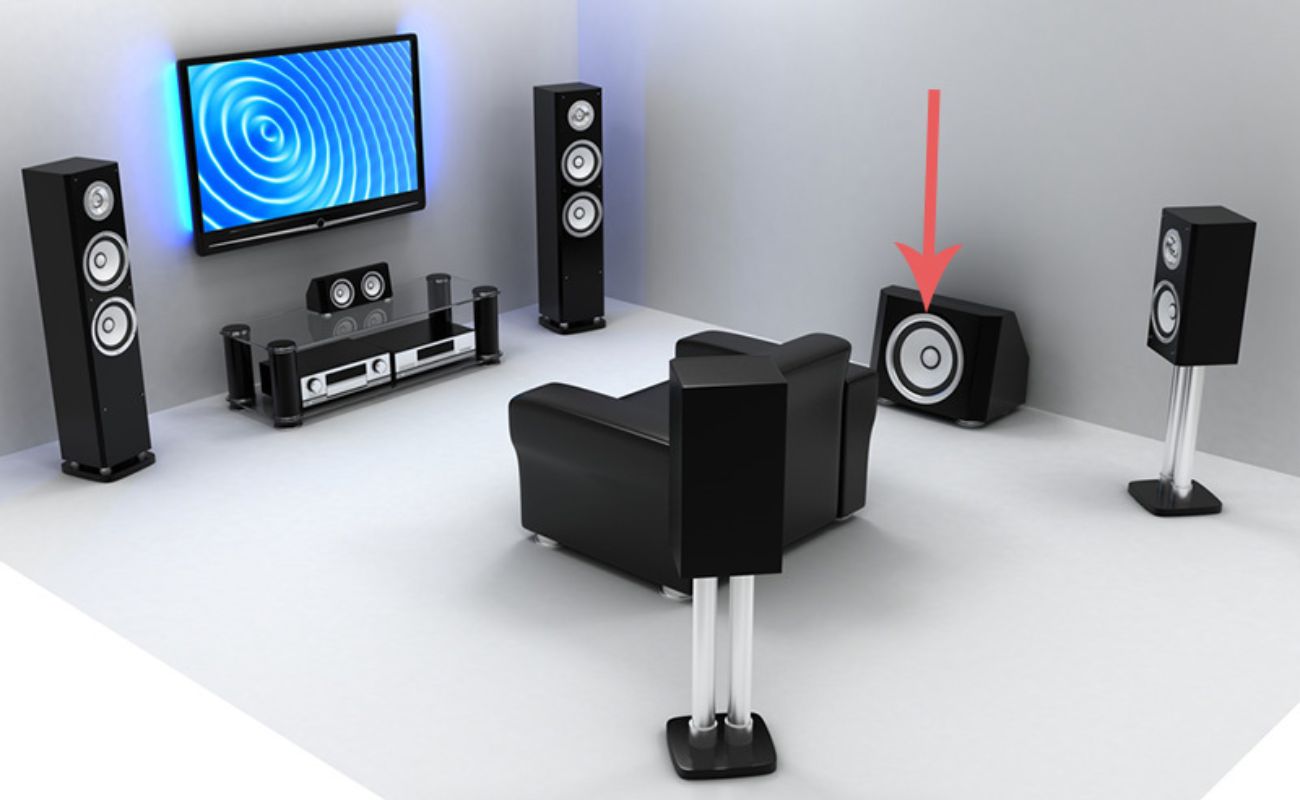
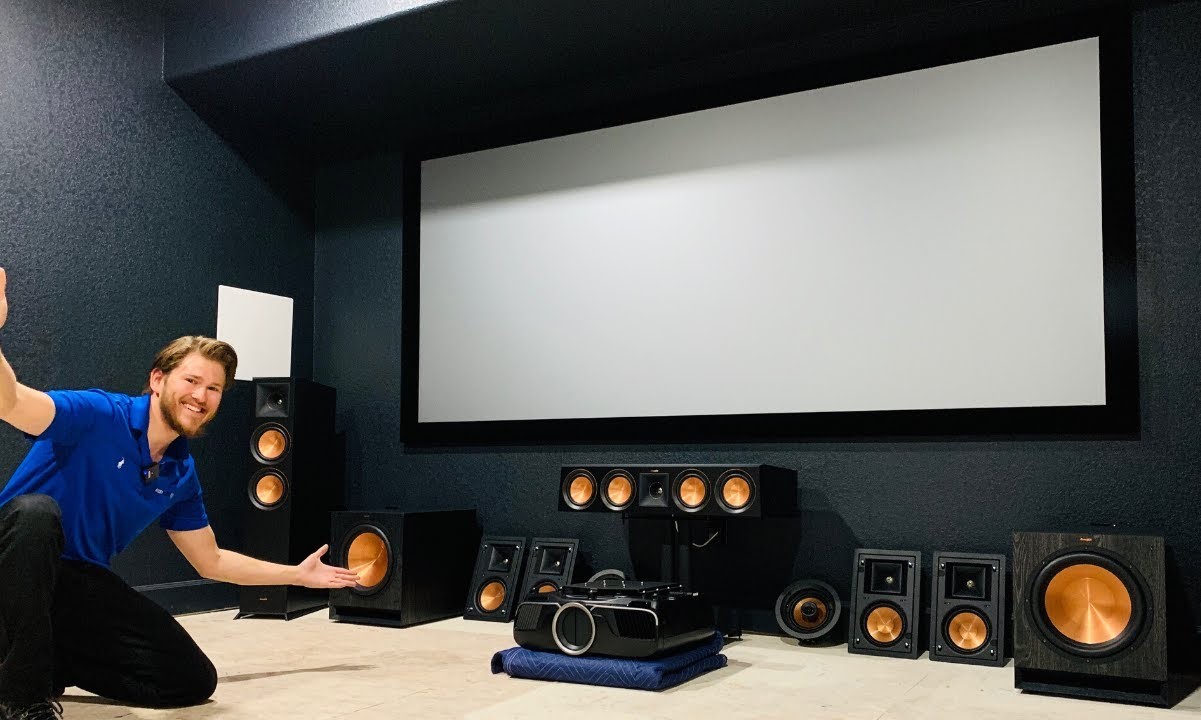

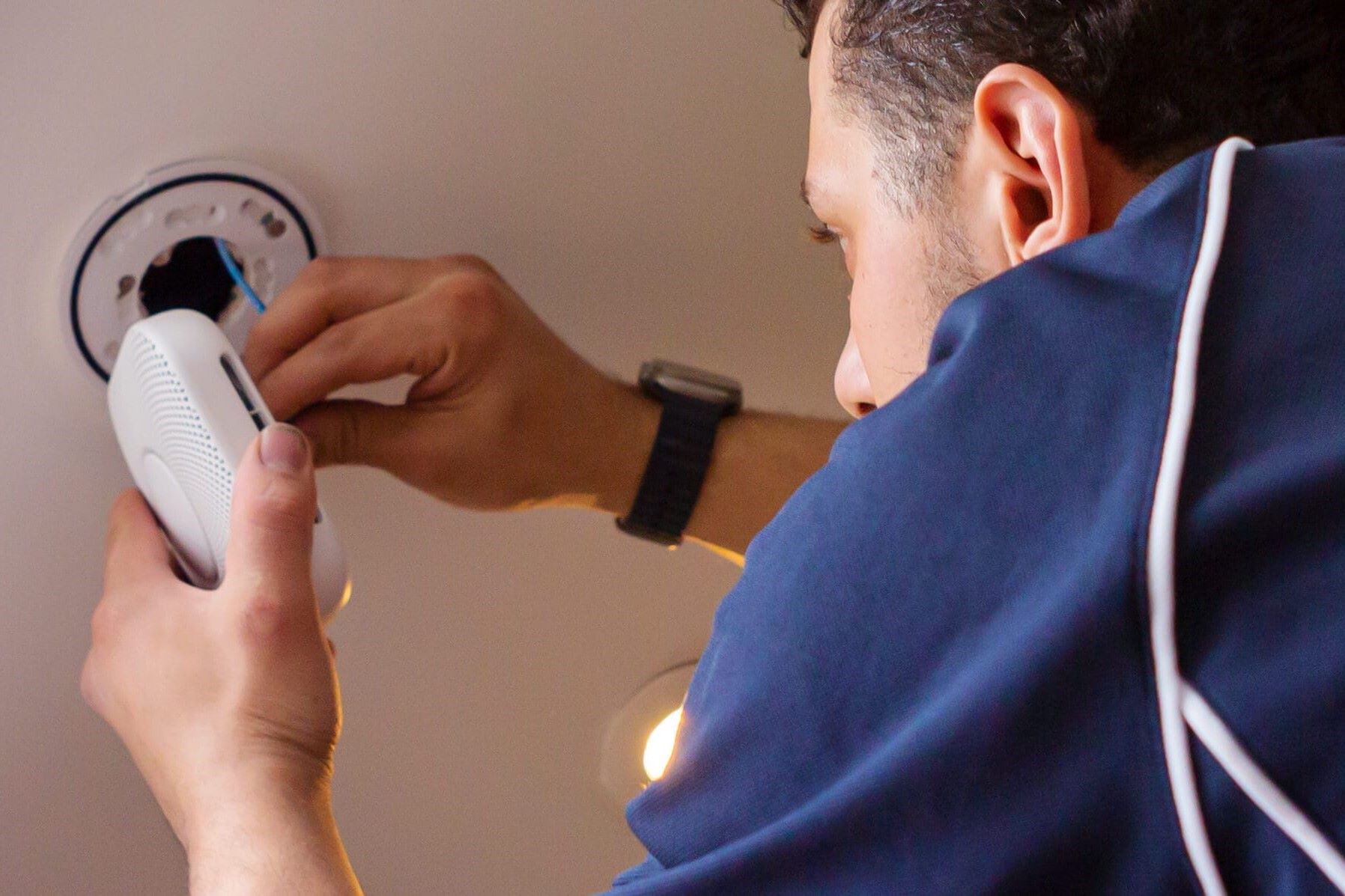

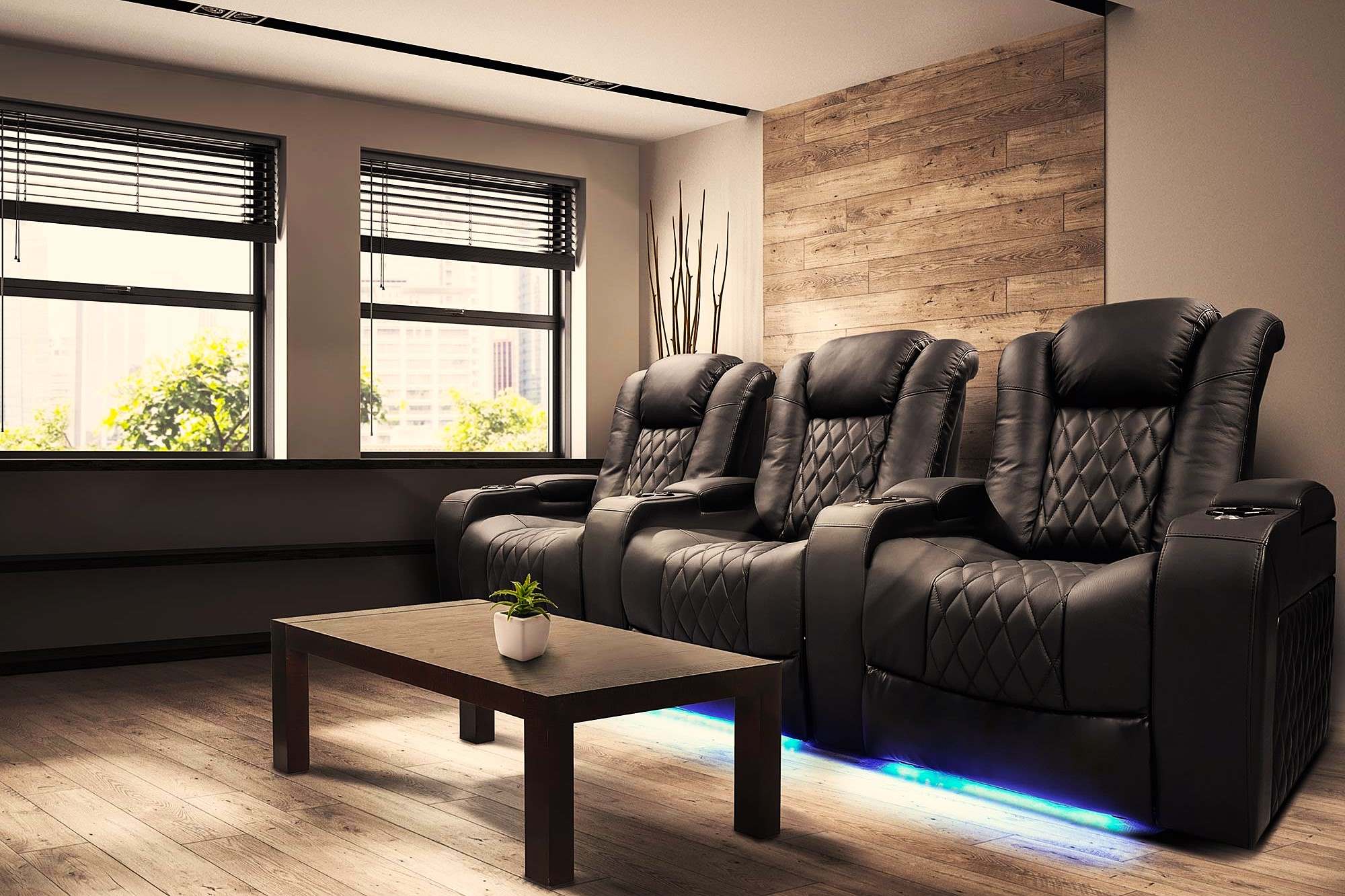
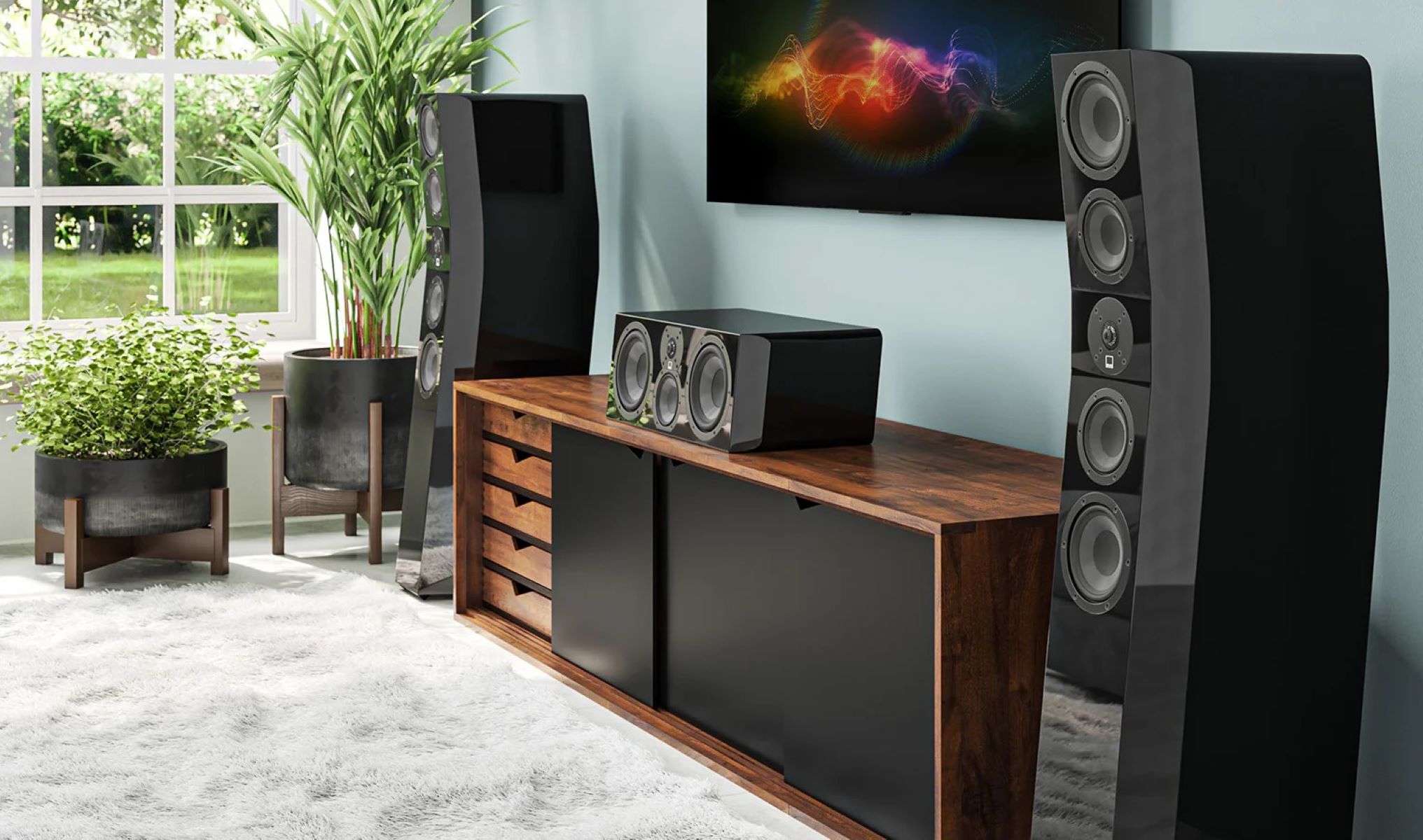
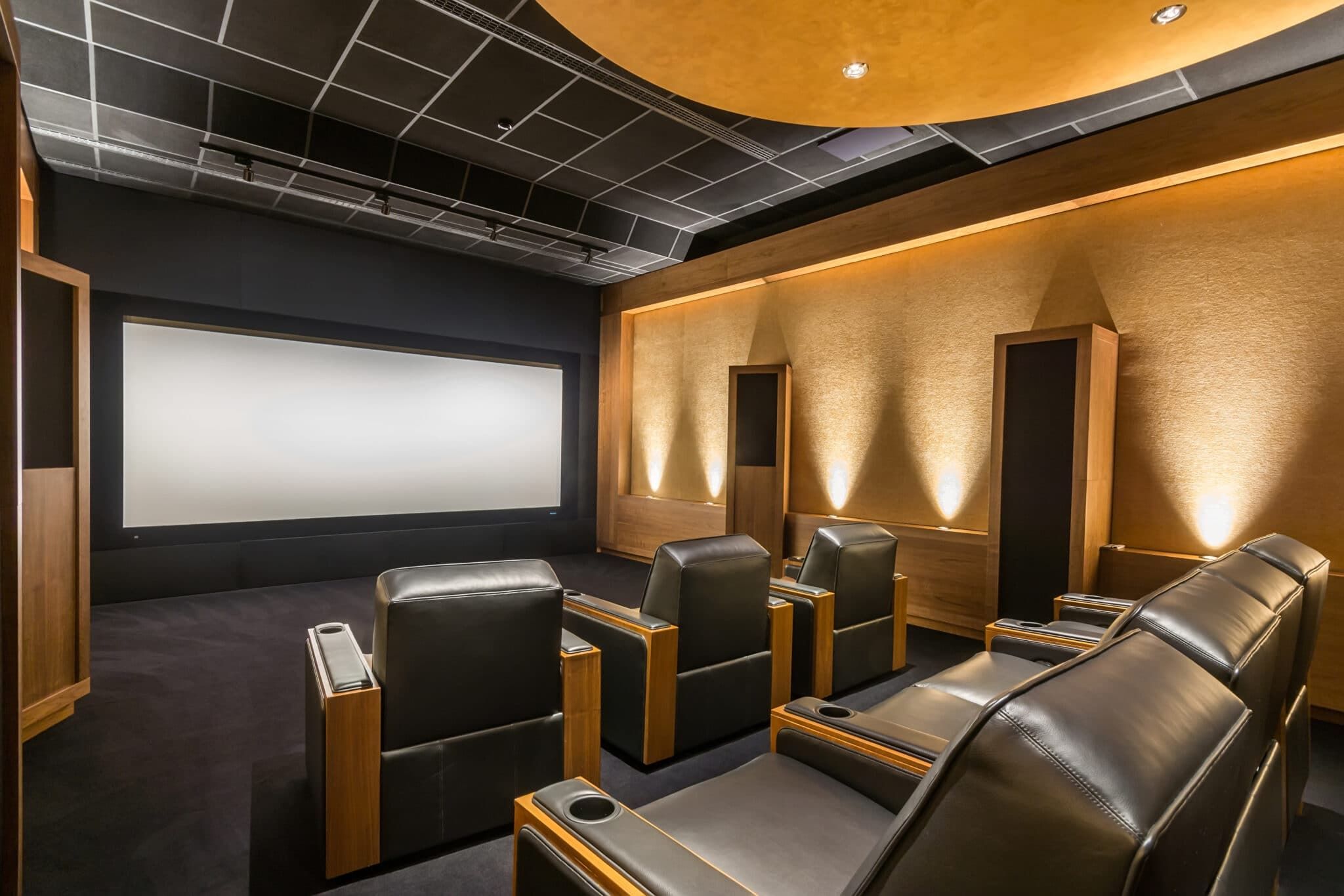


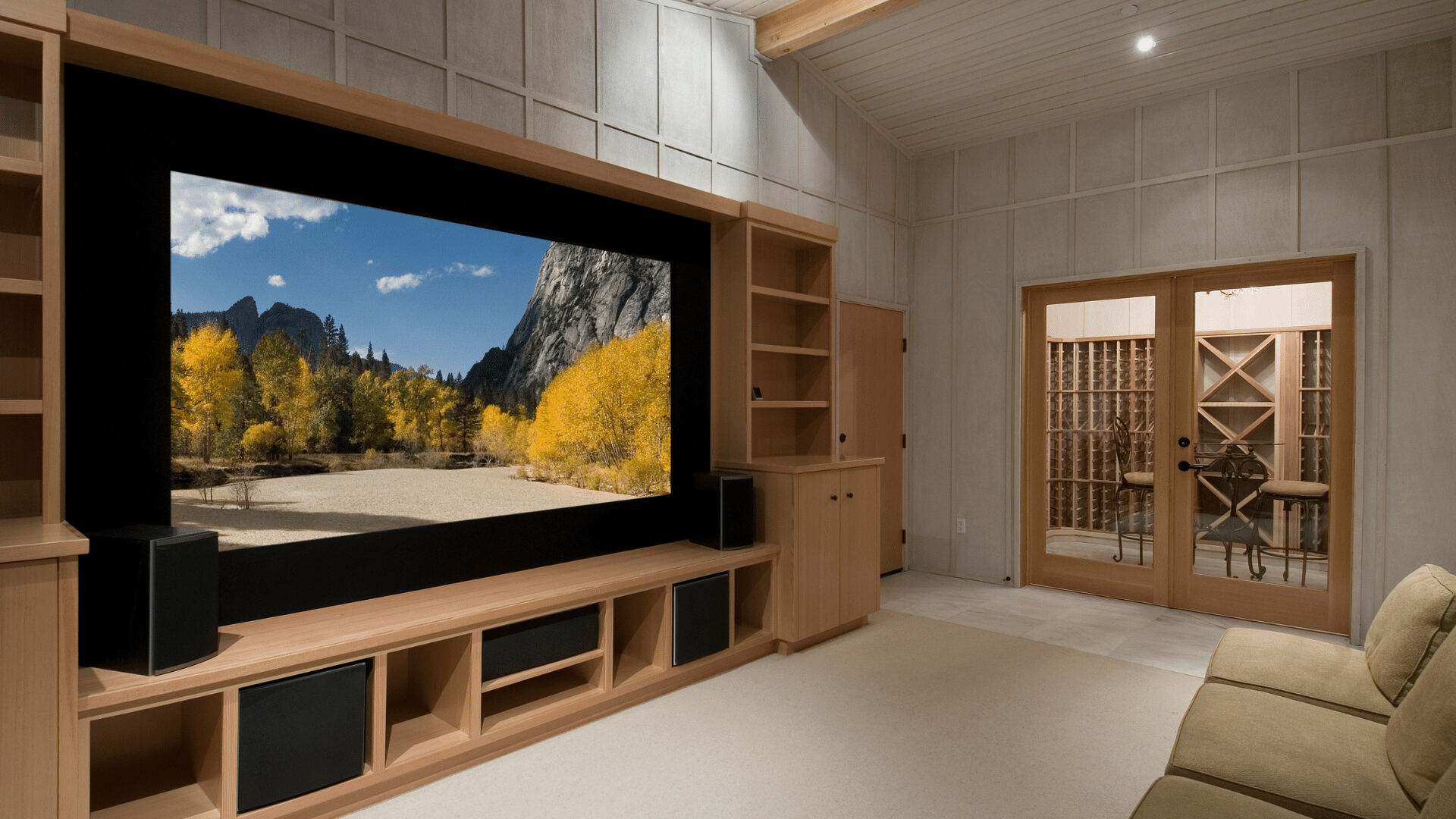
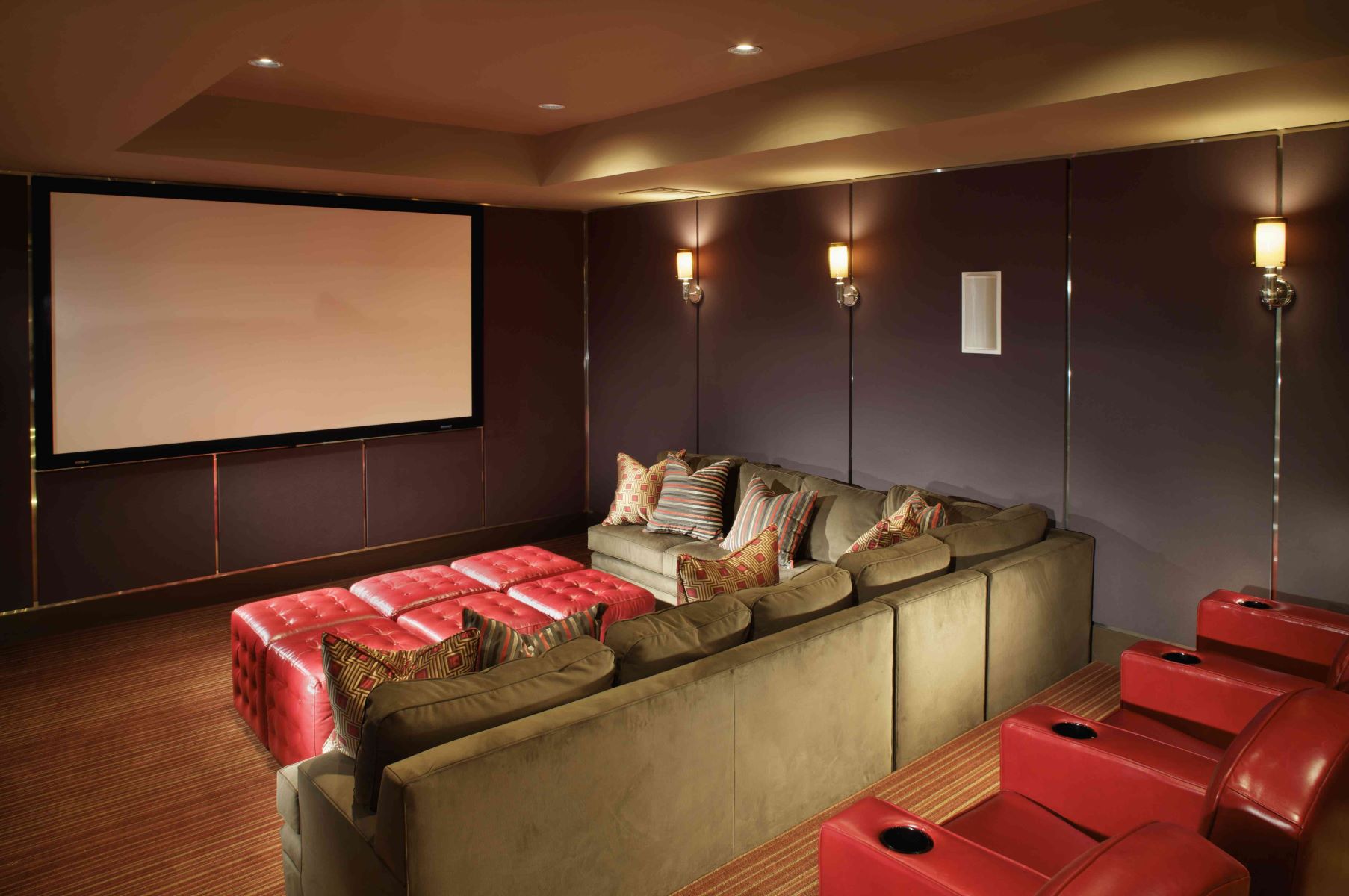
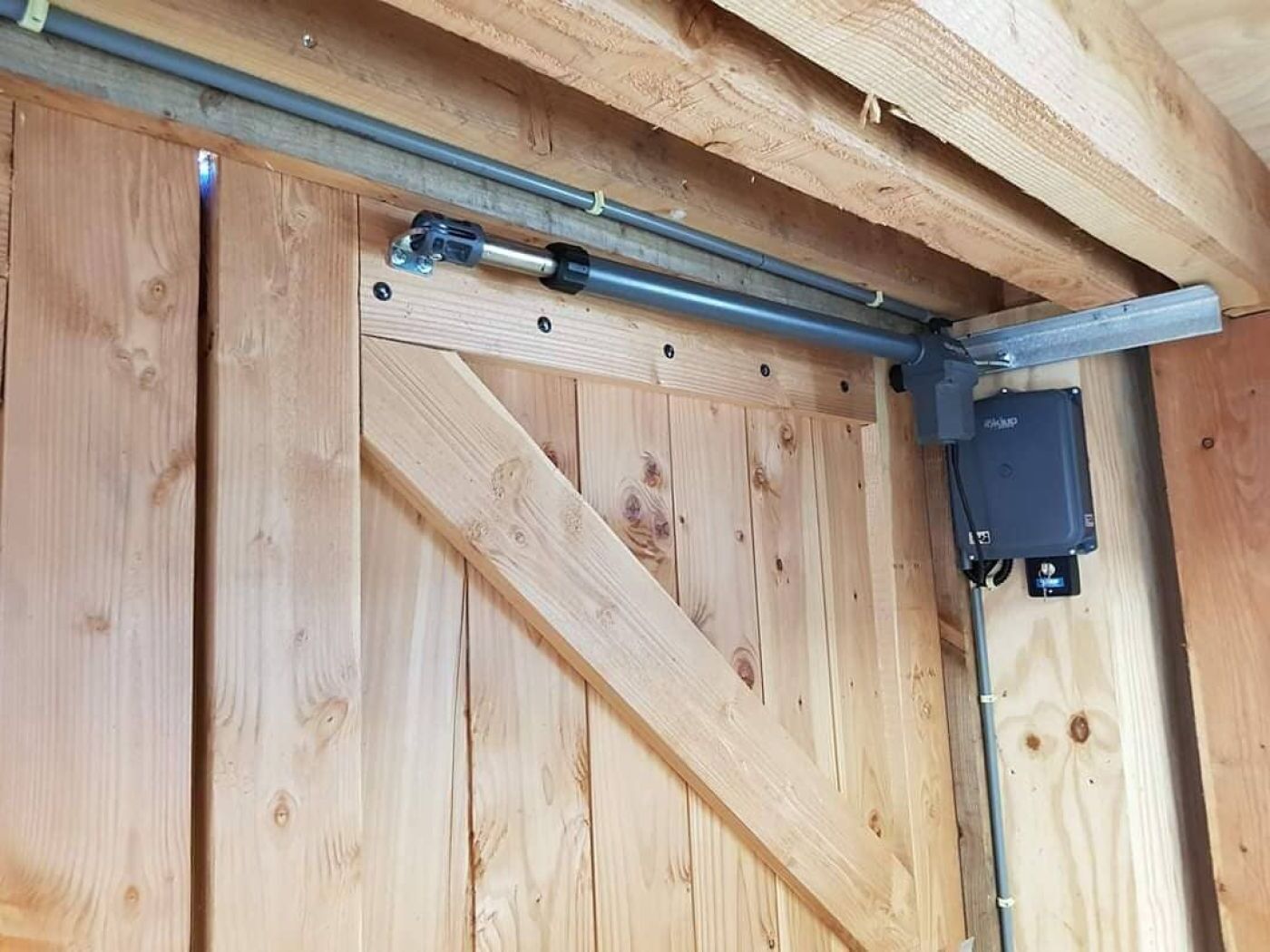


0 thoughts on “Home Theater Subwoofer Placement to Optimize Bass Response”